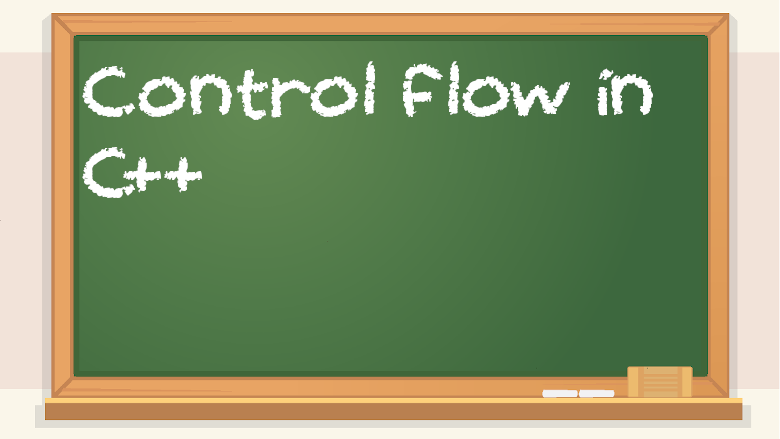C++ if/else:
#include <iostream>
using namespace std;
int main() {
int x = 1;
if (x + 1 == 2) {
cout << “if it evaluates to true, you see this” << endl;
} else {
cout << “you see this if the condition is false” << endl;
}
// second test with else if
double cost = 5.00;
double yourPayment = 4.90;
if (cost == yourPayment) {
cout << “You paid the right amount” << endl;
} else if (cost < yourPayment) {
cout << “You paid too much” << endl;
} else {
cout << “You didn’t pay enough” << endl;
}
return 0;
}
C++ for loop:
#include <iostream>
using namespace std;
int main() {
for (int i = 0; i <= 10; i++) {
cout << i << endl;
}
return 0;
}
C++ “for each” loop:
#include <iostream>
using namespace std;
int main() {
int foreachArray[3] = {333, 444, 555};
for (int item : foreachArray) {
cout << item << endl;
}
return 0;
}
C/C++ while loop:
#include <iostream>
using namespace std;
int main() {
int counter = 0;
while (counter <= 10) {
cout << counter << endl;
counter++;
}
return 0;
}
Switch/case:
#include <iostream>
using namespace std;
int main() {
cout << “pick a number from 1 to 5” << endl;
//this is a useless program
//that is only meant to demonstrate
//how switch/case is done in C++
int number = 2;
switch (number) {
case 1:
case 2:
case 3:
cout << “hello” << endl;
break;
case 4:
cout << “goodbye” << endl;
break;
case 5:
cout << “you win!” << endl;
break;
default:
cout << “invalid choice” << endl;
break;
}
return 0;
}
In the above example, there is a choice between 1 and 5, with actions determined with switch/case. In this particular example, choices 1, 2, and 3 do the exact same thing. 4 and 5 do different things, and any other value (the “default” section) will result in the message “invalid choice” being displayed.

